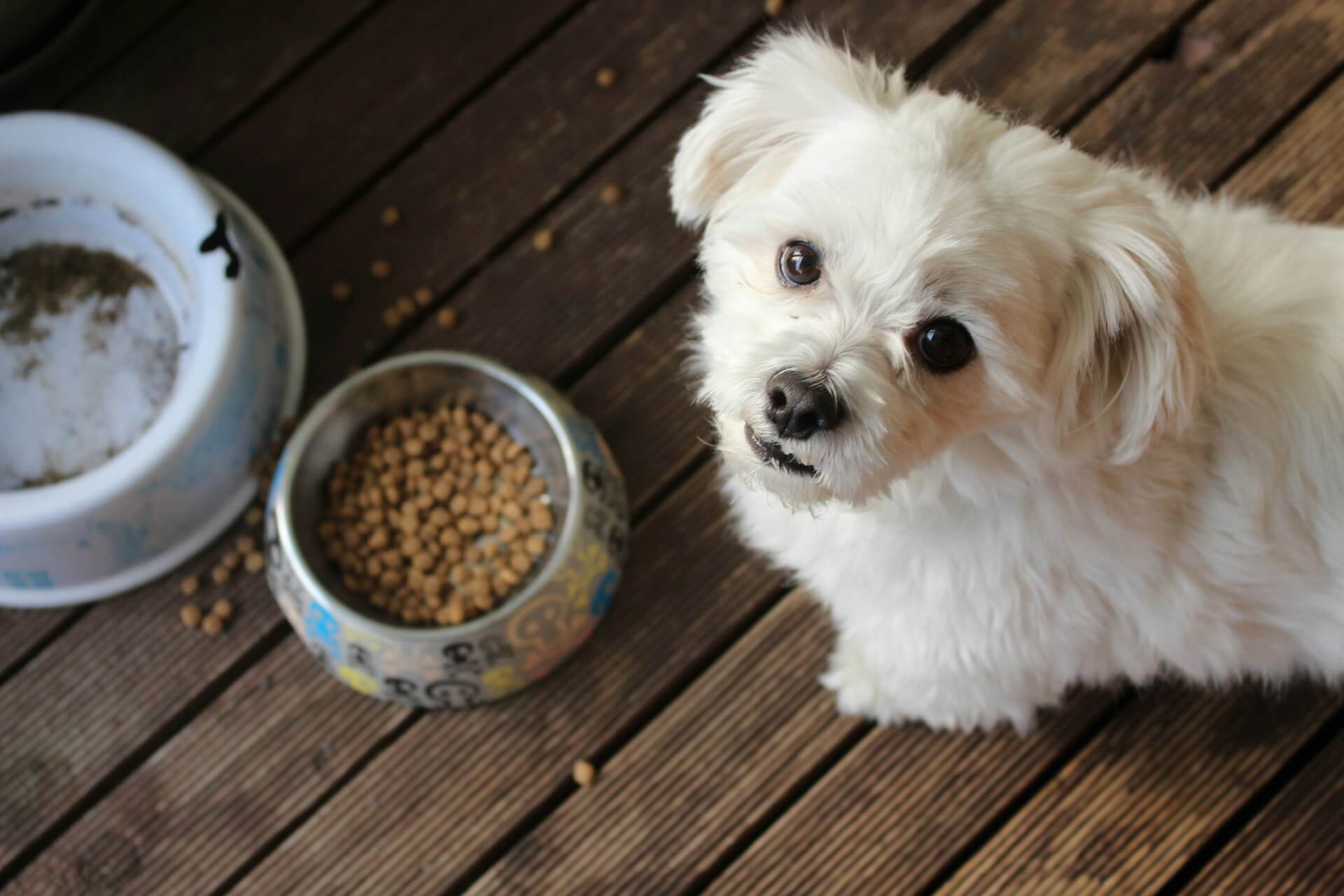Introduction
Shelves are packed full of kibble, cans, raw diets, and grain-free formulas. Choosing the right food for your pet can feel overwhelming.
But your pet’s health, energy, coat, and even behavior depend on what’s in their bowl.
This guide provides all the information you need. You will confidently choose the best food for your dog or cat. There is no marketing hype.
1. Understand Your Pet’s Life Stage
Pets have different nutritional needs depending on age:
- Puppies/kittens: High-calorie food with extra protein and fat
- Adults: Balanced maintenance formulas
- Seniors: Lower calories, joint support, and easy-to-digest ingredients
🐾 Always match your pet’s food to their age and activity level.
2. Know the Key Ingredients to Look For
High-quality pet food should list real meat as the first ingredient:
- Chicken, beef, lamb, or salmon
- Whole grains (unless your pet has an allergy)
- Vegetables and fruits for added nutrients
Avoid:
- By-products
- Artificial colors or preservatives
- Excessive fillers like corn, wheat, and soy
Read the label like you would for your own food—quality matters.
3. Wet Food vs. Dry Food: What’s Better?
Both have pros and cons:
Dry Food:
- Convenient and budget-friendly
- Helps reduce plaque buildup
Wet Food:
- Higher moisture content (good for hydration)
- More appealing to picky eaters or older pets
🐶 Many pet owners use a mix of both for balance.
4. Consider Special Diets for Health Needs
If your pet has allergies, obesity, kidney issues, or other conditions, you may need:
- Grain-free or limited-ingredient diets
- Prescription food (from your vet)
- Weight-control or sensitive stomach formulas
Always consult your veterinarian for personalized advice.
5. Watch for AAFCO Nutritional Standards
Make sure the pet food says:
“Formulated to meet the nutritional levels established by the AAFCO Dog/Cat Food Nutrient Profiles.”
This means the food is finished and balanced for your pet’s life stage.
6. Introduce New Food Gradually
When switching foods:
- Mix 25% new food with 75% old food at first
- Increase the ratio over 7–10 days
Sudden changes can upset your pet’s stomach.
Final Thoughts
Choosing the right pet food doesn’t have to be confusing. With a little knowledge, you can read labels effectively. This ensures your furry friend gets the nutrition they need to live a long, happy life.
🐕 What food does your pet love most? Share your go-to brand or food tips in the comments below—and don’t forget to ask your vet before switching diets!





